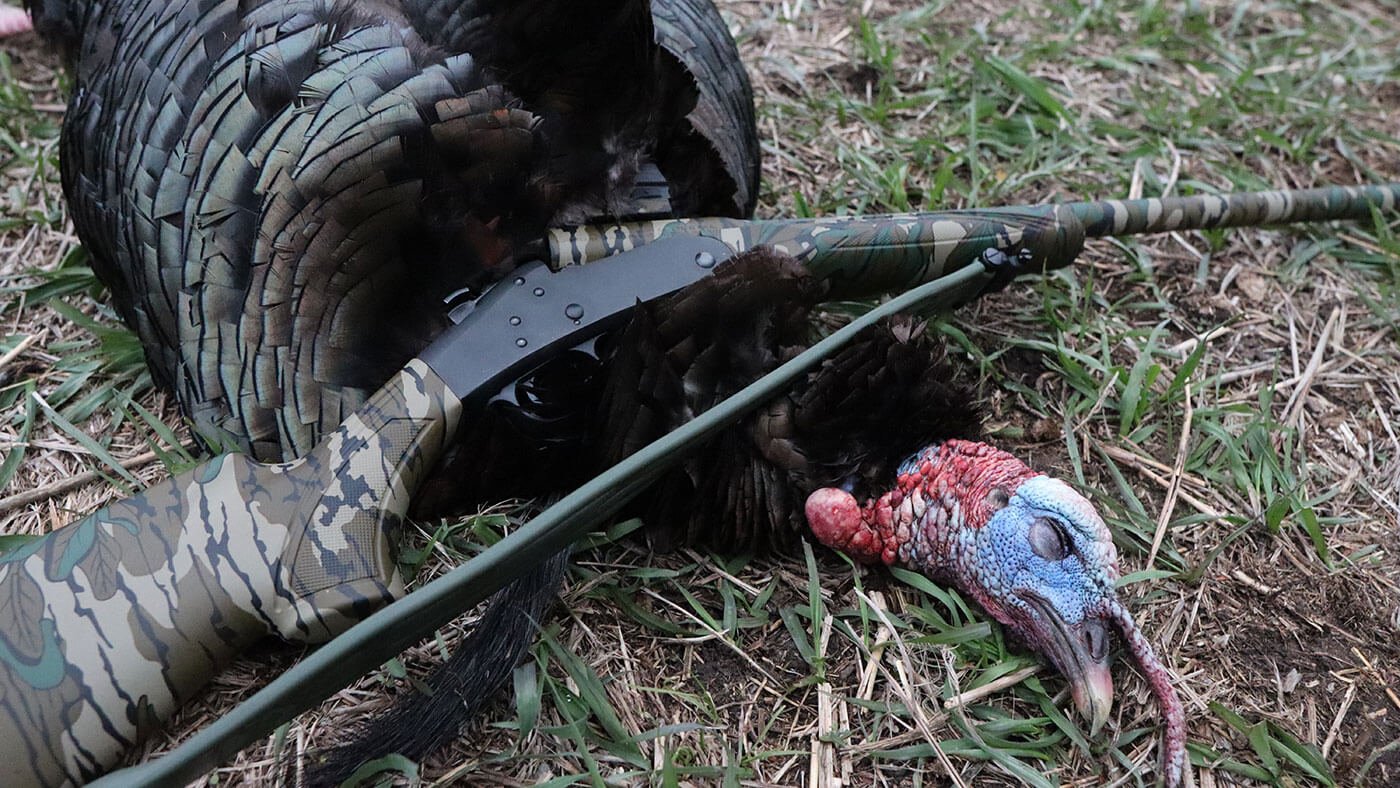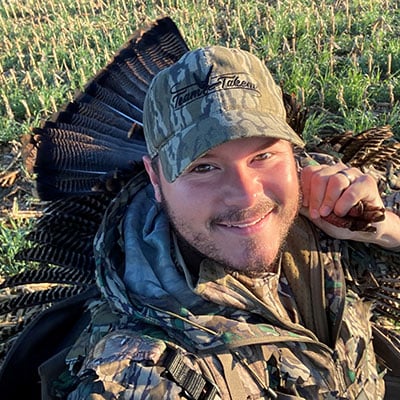- Savage Blog
- Patterning Your Turkey Gun for Turkey Season
Patterning Your Turkey Gun for Turkey Season

With the rising cost of ammunition paired with our very busy schedules, patterning your turkey gun may be one of the last things on your pre-season checklist. With everything else we do before we hit the turkey woods this spring, nothing can make or break a hunt quite like taking a low confidence shot on that leery long beard. Making sure you can take a bird ethically is not just a suggestion but an obligation you take on as a turkey hunter. Let’s dive into the quick and easy process so you can be more effective this upcoming spring.
The first step is easy, picking your firearm of choice for a turkey hunter is something that can be as personalized as one wants to be. With the recent rise in sub gauge culture, the choices can be overwhelming. We are going to focus on the ever popular 20 gauge TSS loads today. But this process can be applied the same across the board with your shotgun of choice.
Whether you are shooting lead or TSS, open sights or a micro red dot the end result is the same. All we are doing here is to eliminate all doubt in our gun, shell, and choke combo. Once you have your shotgun picked out, you then need to pair it with a choke designed to handle modern turkey loads with the proper constriction. This can be totally up to you as opinions range vastly in this category, but generally speaking, I trust a 3” #9 TSS shell paired with a Rectifire .560 constriction choke. My favorite turkey shotgun is a Stevens 301 Turkey topped with a Burris micro red dot.

To save time and precious turkey loads, start at a distance of 25 yards shooting a standard target or field load as a reference. A simple sheet of cardboard with a hand drawn turkey head will be sufficient for this process. Personally, I enjoy using the shoot-n-see turkey patterning targets for that instant feedback. Grab a bench, truck tail gate, or your favorite tree and take your first shot. At this range it will be easy to know if you have a consistent point of aim / point of impact. Take this time to adjust your sights or optics and grab another target.
The real test comes when you step out to 40 yards. This seems to be the industry standard for consistent and lethal range for most modern turkey gun setups. Once at 40 yards, I tell new hunters to always aim at the base of the turkey’s neck to ensure the bulk of the pattern hits the head as square as possible. This gives you the most built-in room for error. Remember the wild turkey you have the chance to pull the trigger on, may not always be standing perfectly still or in wide open terrain.
Optimizing your pattern here is going to make a world of difference. Now this topic may vary based on the type of hunting you are doing. If you are out west, you may have to take a wide-open shot without much to judge your distance. If you find yourself in the deep south, you may be surrounded by pine thickets, creek bottoms, and ridges. I like a “do all” pattern that I can rely on no matter where I am in the country.
Patterns may vary widely from shell to shell. Once you understand this it’s easier to understand why this process is so important. I rely on a pattern that covers a turkey from the base of his neck to the top of his head. Personally, I do not like knowing I have a super “hot” core in my patterns. I want as much built-in room for error as possible, but I also want to cover the entire effective range of my setup. From 20 to 45 yards utilizing a TSS factory load I want to be as consistent as possible.

Make your final adjustments at 40 yards and compare different shell and choke combos until you’re happy with the final pellet counts. Patterning your turkey gun is a quick and fun process that is often overlooked, but it can make all the difference when that tom steps into range. As mentioned above, we as hunters take pride in the conservation efforts for wild turkey populations. Don’t take a chance on a pre-season purchase, or even that trusty old shotgun in the safe. We owe it to these beautiful birds to leave no doubt, when the hammer drops the gobbling stops.


